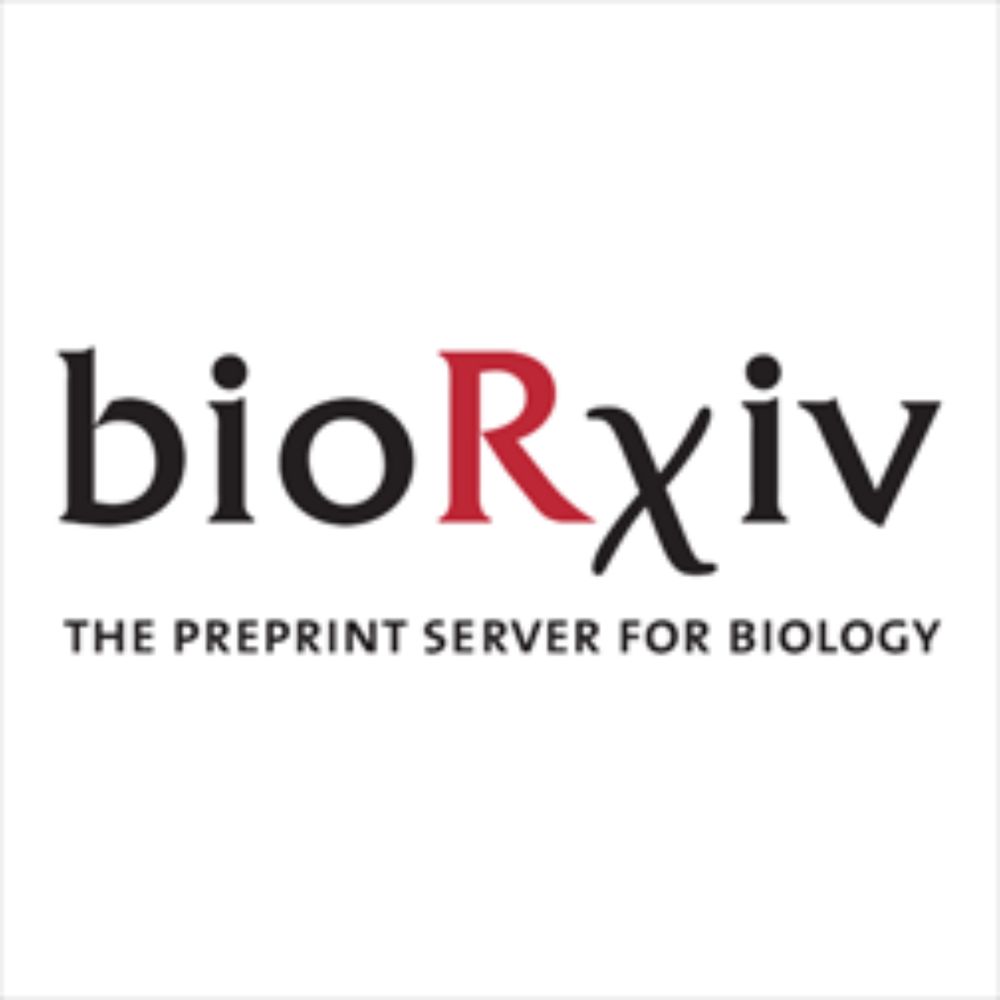Niopek Lab
@niopeklab.bsky.social
160 followers
22 following
28 posts
Lab account for AG Niopek at the University of Heidelberg IPMB
Protein Engineering | Allostery | CRISPR | Optogenetics | ML
Account is managed by PhD Students
https://Niopeklab.de/
Posts
Media
Videos
Starter Packs
Niopek Lab
@niopeklab.bsky.social
· Jun 13
Niopek Lab
@niopeklab.bsky.social
· Jun 13
Niopek Lab
@niopeklab.bsky.social
· Jun 13
Niopek Lab
@niopeklab.bsky.social
· Jun 13
Niopek Lab
@niopeklab.bsky.social
· Jun 13
Niopek Lab
@niopeklab.bsky.social
· Jun 13
Niopek Lab
@niopeklab.bsky.social
· Jun 13

Phage-Assisted Evolution of Allosteric Protein Switches
Allostery, the transmission of locally induced conformational changes to distant functional sites, is a key mechanism for protein regulation. Artificial allosteric effectors enable remote manipulation...
doi.org
Reposted by Niopek Lab
Dominik Niopek
@dominikniopek.bsky.social
· Jun 13

Phage-Assisted Evolution of Allosteric Protein Switches
Allostery, the transmission of locally induced conformational changes to distant functional sites, is a key mechanism for protein regulation. Artificial allosteric effectors enable remote manipulation...
www.biorxiv.org
Niopek Lab
@niopeklab.bsky.social
· Dec 16
Niopek Lab
@niopeklab.bsky.social
· Dec 5
Niopek Lab
@niopeklab.bsky.social
· Dec 5
Niopek Lab
@niopeklab.bsky.social
· Dec 5
Niopek Lab
@niopeklab.bsky.social
· Dec 5
Niopek Lab
@niopeklab.bsky.social
· Dec 5
Niopek Lab
@niopeklab.bsky.social
· Dec 5

Rational engineering of allosteric protein switches by in silico prediction of domain insertion sites
Domain insertion engineering is a powerful approach to juxtapose otherwise separate biological functions, resulting in proteins with new-to-nature activities. A prominent example are switchable protei...
www.biorxiv.org
Niopek Lab
@niopeklab.bsky.social
· Nov 26
Niopek Lab
@niopeklab.bsky.social
· Nov 26
Niopek Lab
@niopeklab.bsky.social
· Nov 26

A Versatile Anti-CRISPR Platform for Opto- and Chemogenetic Control of CRISPR-Cas9 and Cas12 across a Wide Range of Orthologs
CRISPR-Cas technologies have revolutionized life sciences by enabling programmable genome editing across diverse organisms. Achieving dynamic and precise control over CRISPR-Cas activity with exogenou...
www.biorxiv.org
Niopek Lab
@niopeklab.bsky.social
· Nov 26
Niopek Lab
@niopeklab.bsky.social
· Nov 26
Niopek Lab
@niopeklab.bsky.social
· Nov 26
Niopek Lab
@niopeklab.bsky.social
· Nov 26




